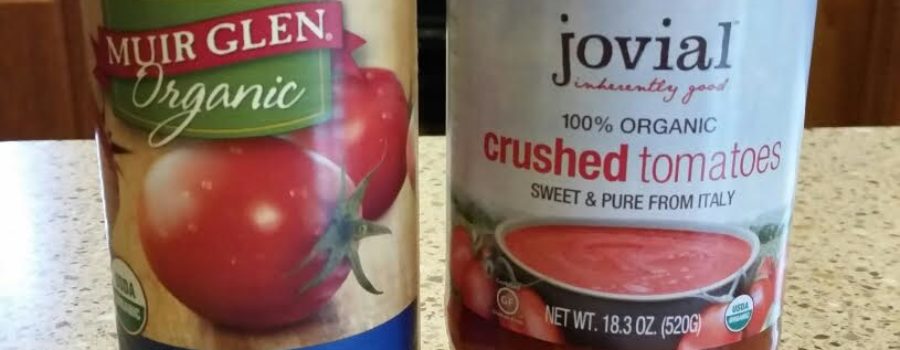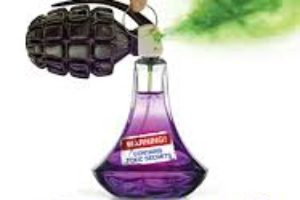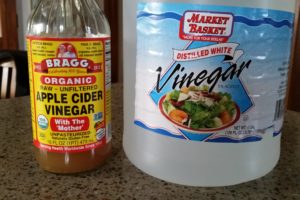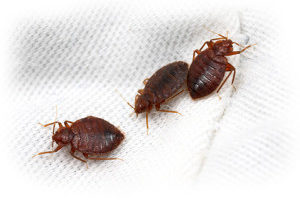BPA in Canned Foods, and More
I was under the assumption that the use of BPA in canned foods was decreasing. Safer alternatives? Well, not really.
This massive 76 page report was funded and produced by the Breast Cancer Fund, Campaign for Healthier Solutions, Clean Production Action, the Ecology Center, and Mind the Store Campaign. Despite the BPA-free labels and some recent marketing indicating that “future” cans will not contain BPA, the scientist found 67 percent of the cans tested (129 out of 192) contained BPA-based epoxy (still) in the body and/or the lid. Some statistics are broken down by company, with some companies using 100% BPA. (Yes, it’s the big familiar one we all grew up with.)
While I wasn’t really surprised by those numbers, what I was surprised by were the other compounds that were found as replacement chemicals. Five major coating types were identified among the 192 cans tested: BPA, acrylic resins, oleoresin, polyester resins, and polyvinyl chloride (PVC) copolymers. Multiple formulations of these compounds were found, and no way to determine the individual chemicals used in the cans or how they are produced.
It gets worse. The shock for me was this, from the report: “Similarly, many of the acrylic linings included polystyrene, a plastic made from the styrene monomer which is considered a possible human carcinogen. All plastics contain some level of residual or unreacted monomer. We found that 39% of cans had a polystyrene-acrylic combination. Data is not publicly available to indicate at what level monomers like vinyl chloride or styrene migrate from the can linings into food.”
Wow. The other finding that I found interesting was that one can may have 3 different types of coatings – the body, the top and bottom.
The report is outstanding and worth the read. The weakness of the report is they didn’t actually test the contents to see if the linings actually leached. But I guess you have to start somewhere. So for you future researchers, consumers need to know what linings actually leach, how much, under what types of conditions and are they actually harmful. (We do know that a lot of them are.)
So what’s the solution to avoiding canned foods? Glass, frozen and fresh foods, and dried foods. Think soaking beans overnight instead of opening a can.
Kudos to these organizations. Where would consumers be without them?




